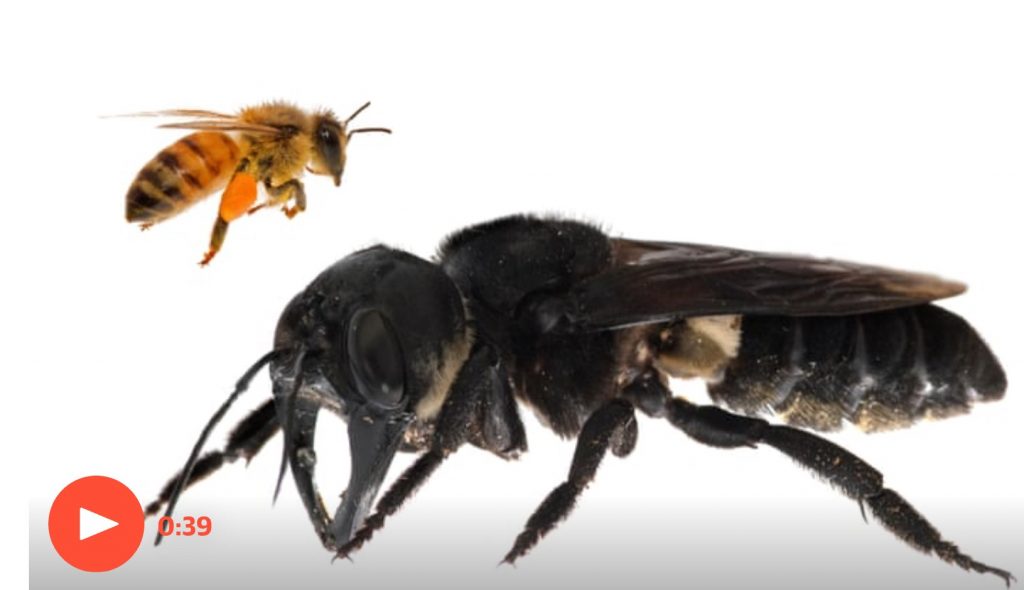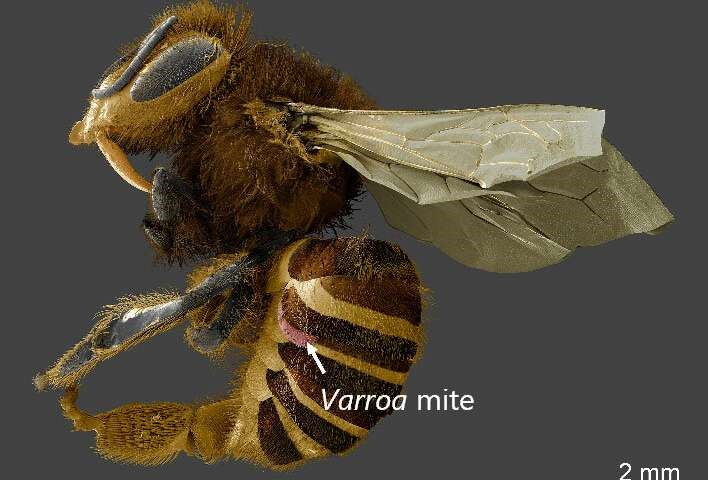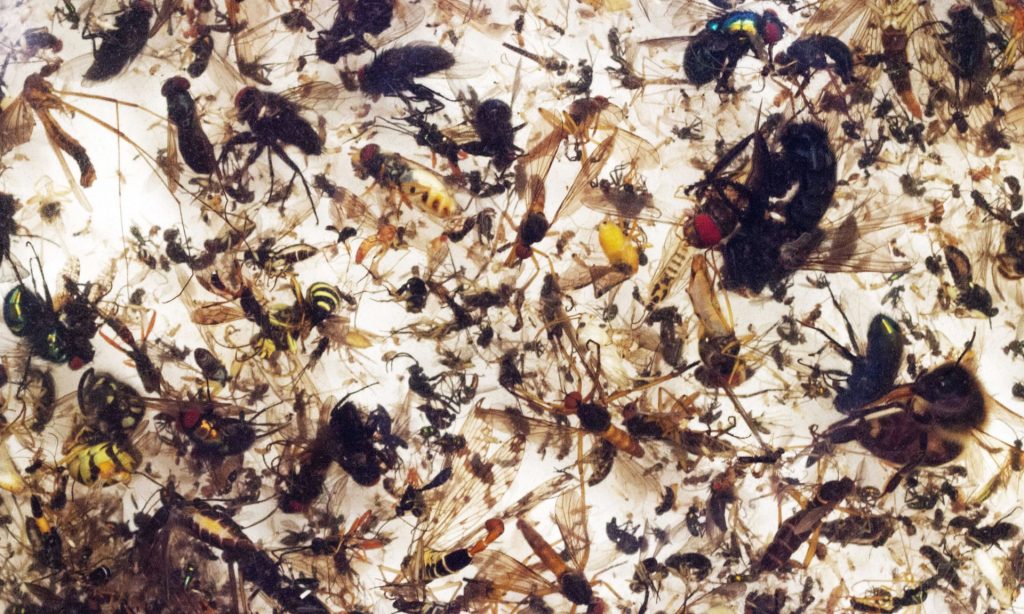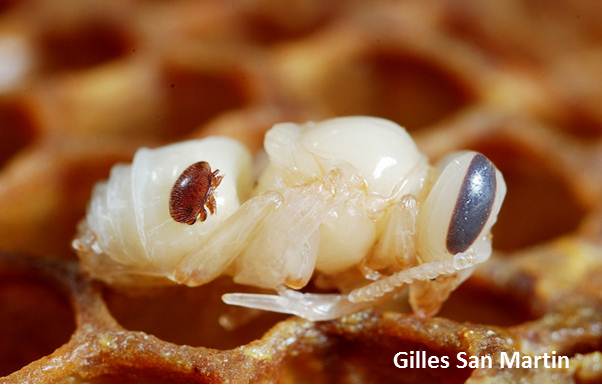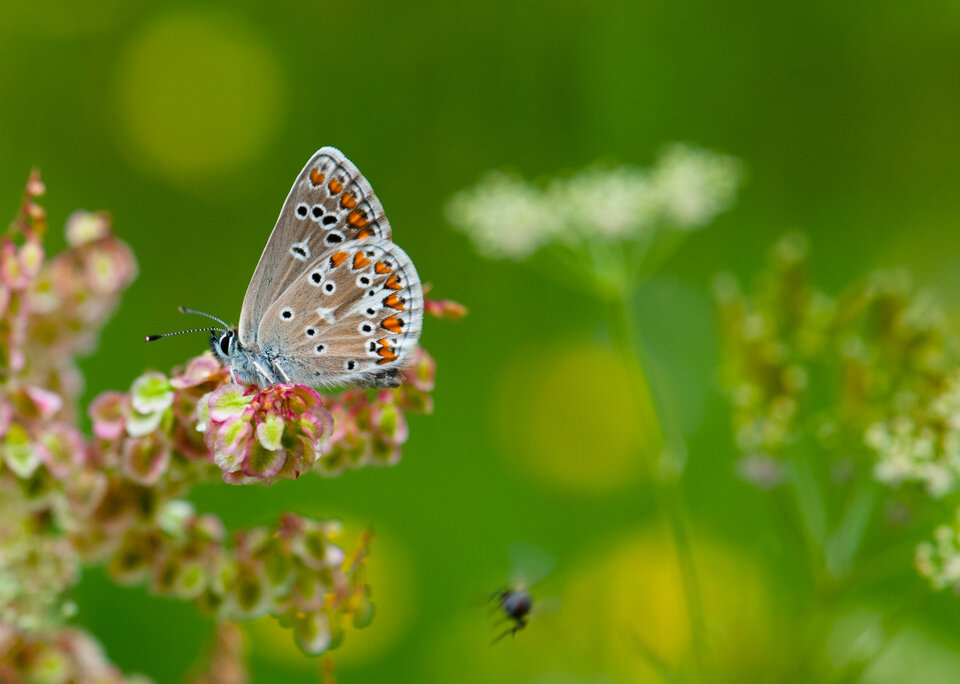France will take a radical step towards protecting its dwindling bee population on Saturday by becoming the first country in Europe to ban all five pesticides researchers believe are killing off the insects. The move to ban the five so-called neonicotinoids has been hailed by beekeepers and environmentalists, but cereal and sugar beet farmers warn it could leave […]
France becomes first country in Europe to ban all five pesticides killing bees

